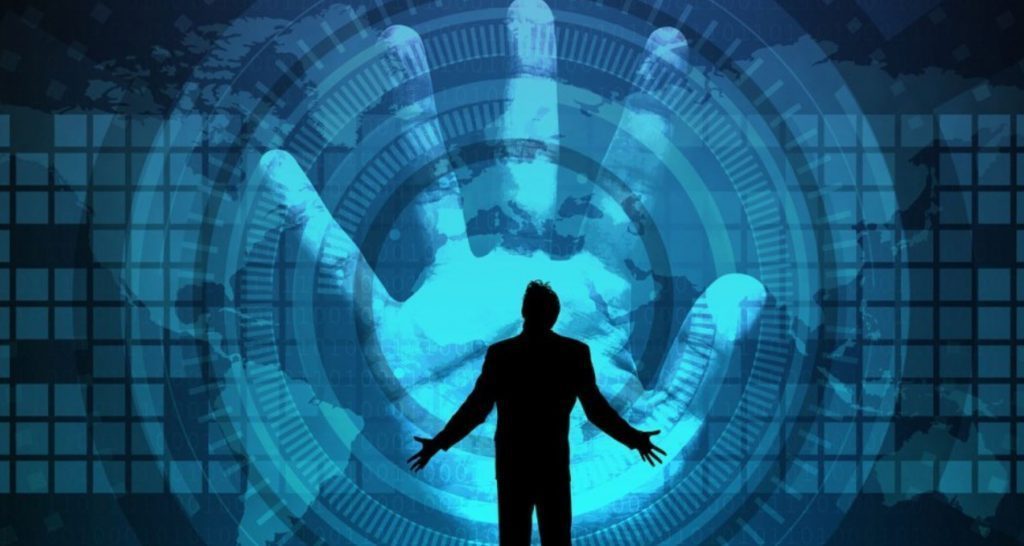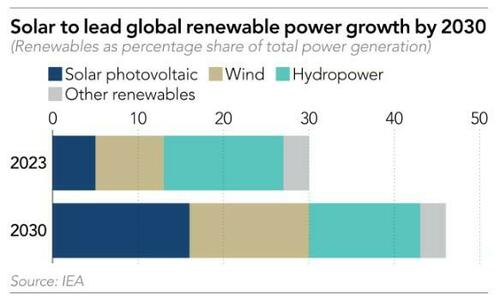Next Issue Of The Wild Bunch: Rebuilding A Community After National Collapse
Issue #118 of The Wild Bunch Dispatch, Alt-Market’s exclusive newsletter covering concepts and tactics for defeating globalism, is set to…
The post Next Issue Of The Wild Bunch: Rebuilding A Community After National Collapse appeared first on Alt-Market.us.
Russian Collusion? I Predicted The Tenet Media Psy-Op Way Back In 2014
By Brandon Smith As a liberty writer and economist I have been working within the alternative media for almost 20…
The post Russian Collusion? I Predicted The Tenet Media Psy-Op Way Back In 2014 appeared first on Alt-Market.us.
Time To Rebel: We Are Now Entering The Total Censorship Stage Of Global Tyranny – Alt-Market.us
By Brandon Smith The authoritarian regimes of the past century have all followed a pattern of events that is generally…
The post Time To Rebel: We Are Now Entering The Total Censorship Stage Of Global Tyranny appeared first on Alt-Market.us.
Globalists Are Trying To Escalate The Ukraine War Into WWIII Before The US Election – Alt-Market.us
By Brandon Smith The purpose of NATO involvement in the Ukraine War has, to me, always appeared obvious. Ukraine has…
The post Globalists Are Trying To Escalate The Ukraine War Into WWIII Before The US Election appeared first on Alt-Market.us.









